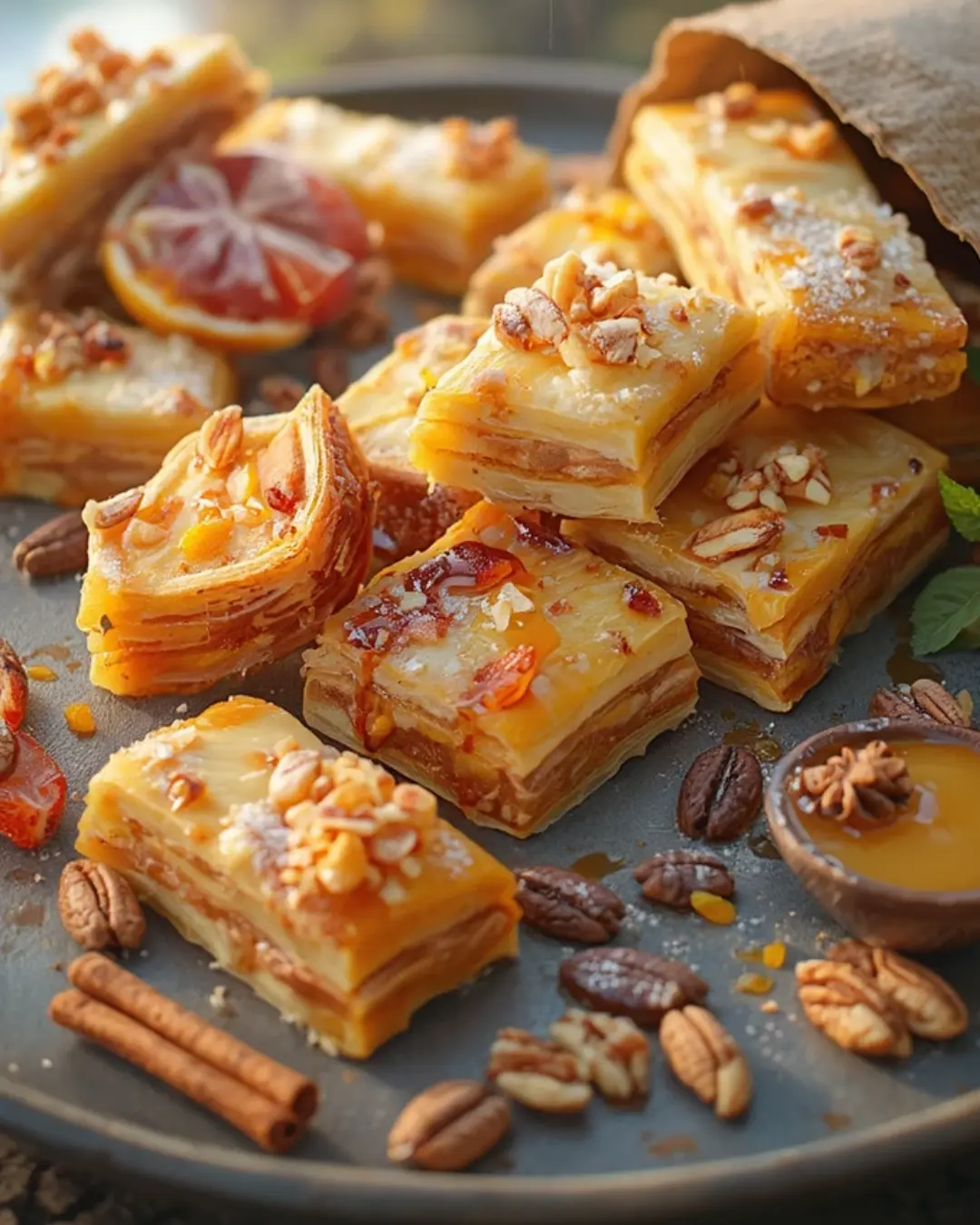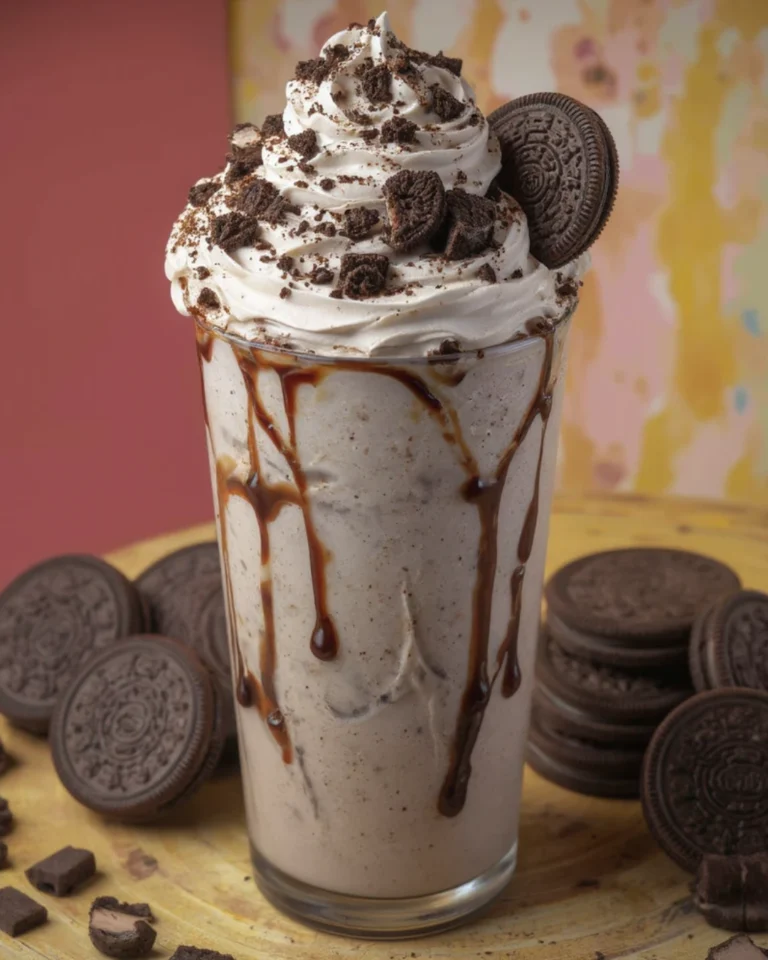Looking to create an authentic taste of Greece in your own kitchen? This ultimate Greek baklava recipe provides detailed, step-by-step instructions to guide you in baking this iconic dessert to perfection. From the delicate shatter of flaky phyllo dough to the rich, fragrant nut filling and the luscious honey-kissed syrup, mastering this Greek baklava recipe is a rewarding culinary endeavor.
Greek Baklava Recipe Ingredients: What You’ll Need for Success
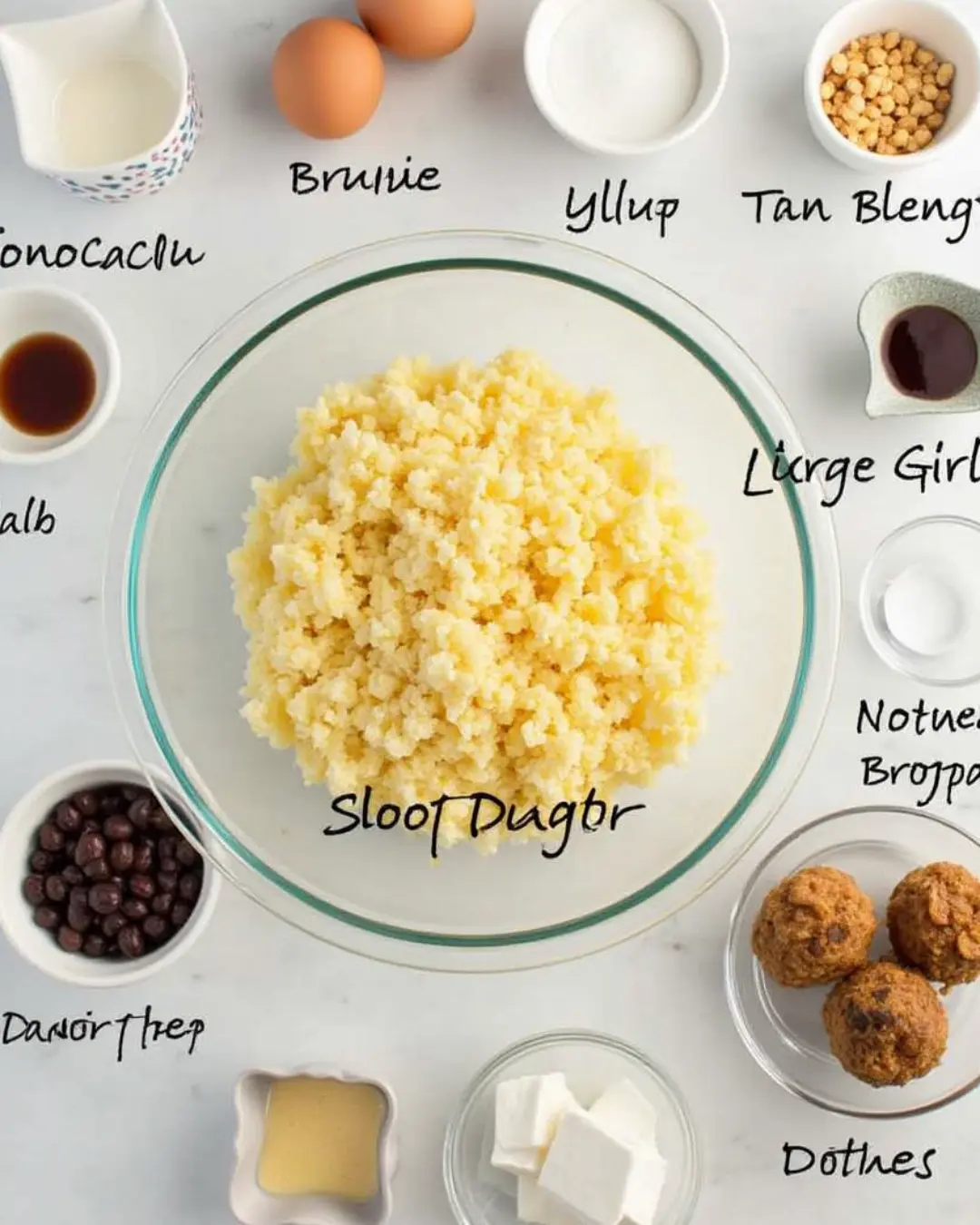
To create a truly exceptional Greek baklava recipe, using high-quality ingredients is key. Here’s a detailed list of what you’ll need for this classic dessert:
For the Nut Filling in Your Greek Baklava Recipe:
- 2 cups raw walnuts, finely chopped (about 8 ounces)
- 1 cup raw almonds, finely chopped (about 4 ounces)
- ½ cup shelled pistachios, finely chopped (about 2 ounces)
- ¼ cup granulated sugar
- 2 teaspoons ground cinnamon
- ½ teaspoon ground cloves
For the Phyllo Pastry in This Greek Baklava Recipe:
- 1 pound phyllo dough, thawed according to package instructions
- 1 cup unsalted butter, melted
For the Syrup – A Key Component of Our Greek Baklava Recipe:
- 1 cup granulated sugar
- ½ cup water
- ½ cup honey (preferably Greek thyme honey for its unique flavor)
- 1 teaspoon lemon juice
- 1 cinnamon stick (optional, for added flavor in your Greek baklava recipe)
- 2-3 whole cloves (optional, to enhance the syrup of this Greek baklava recipe)
Greek Baklava Recipe Instructions: Baking Your Masterpiece Step-by-Step
Now, let’s move on to the detailed process of assembling and baking this exquisite Greek baklava recipe. Follow these instructions carefully for the best results.
Preparing the Filling for Your Greek Baklava Recipe
In a medium bowl, combine the finely chopped walnuts, almonds, and pistachios. Add the granulated sugar, ground cinnamon, and ground cloves to the nut mixture. Thoroughly stir all the ingredients together until they are evenly distributed. This ensures each bite of your homemade Greek baklava recipe is packed with flavorful nuts.
Working with Phyllo for the Perfect Greek Baklava
Unroll the thawed phyllo dough. Keep it covered with a slightly damp kitchen towel to prevent it from drying out and becoming brittle. Working quickly is essential when preparing this Greek baklava recipe. Lightly brush the bottom and sides of a 9×13 inch baking pan with some of the melted butter.
Layering the Phyllo and Nuts for Optimal Results in Your Greek Baklava Recipe
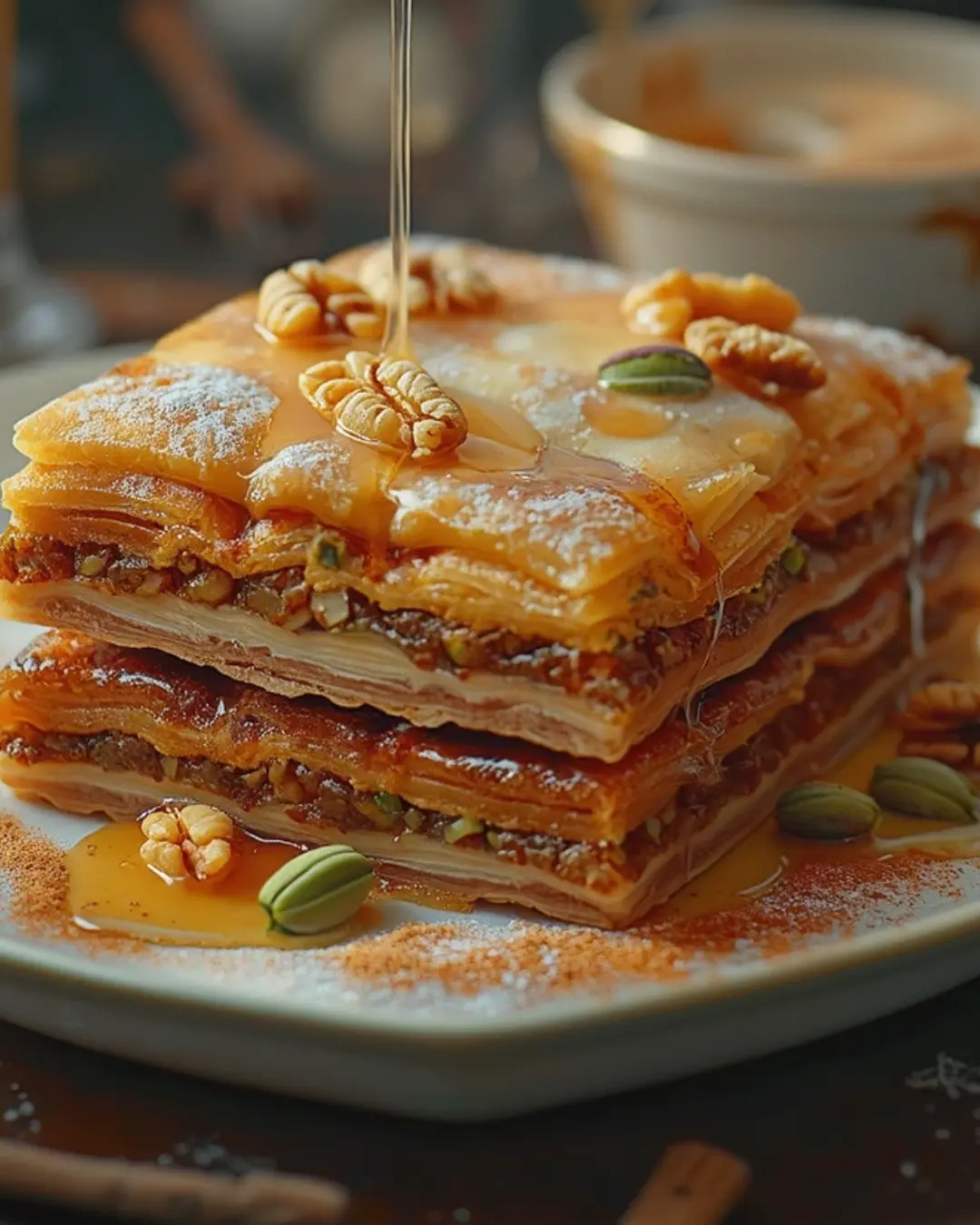
Place one sheet of phyllo dough in the prepared baking pan. Brush it lightly with melted butter. Repeat this process with 5 more sheets of phyllo, brushing each layer with melted butter. This creates the foundational bottom crust for your Greek baklava recipe.
Sprinkle about one-third of the nut filling evenly over the buttered phyllo layers. Next, place two sheets of phyllo over the nuts. Brush each of these layers with melted butter. Spread another one-third of the nut filling evenly over the buttered phyllo.
Repeat the layering process once more: two buttered phyllo sheets followed by the remaining nut filling. Finally, top the Greek baklava with the remaining phyllo sheets, ensuring each layer is generously brushed with melted butter (approximately 5-6 sheets for the top).
Cutting Your Greek Baklava Before Baking
Before placing it in the oven, use a sharp knife to cut the Greek baklava into diamond or square shapes. Cut all the way through the top layers but not completely through the bottom layer. This step makes it easier to serve your delicious Greek baklava recipe after baking.
Baking Your Authentic Greek Baklava Recipe to Golden Perfection
Preheat your oven to 325°F (160°C). Place the prepared Greek baklava in the preheated oven and bake for 45-60 minutes, or until the top is golden brown and the phyllo layers are crisp. The exact baking time may vary depending on your oven, so keep a close eye on your Greek baklava.
Making the Syrup for Your Authentic Greek Baklava Recipe
While the Greek baklava is baking, prepare the syrup. In a medium saucepan, combine the granulated sugar and water. Stir over medium heat until the sugar dissolves completely. Bring the mixture to a simmer and cook for 5-7 minutes, without stirring, until it slightly thickens.
Remove the saucepan from the heat and stir in the honey and lemon juice. If desired, add the cinnamon stick and whole cloves for extra flavor in your Greek baklava recipe. Let the syrup steep while the Greek baklava finishes baking.
Syrupping the Hot Greek Baklava for Deep Flavor
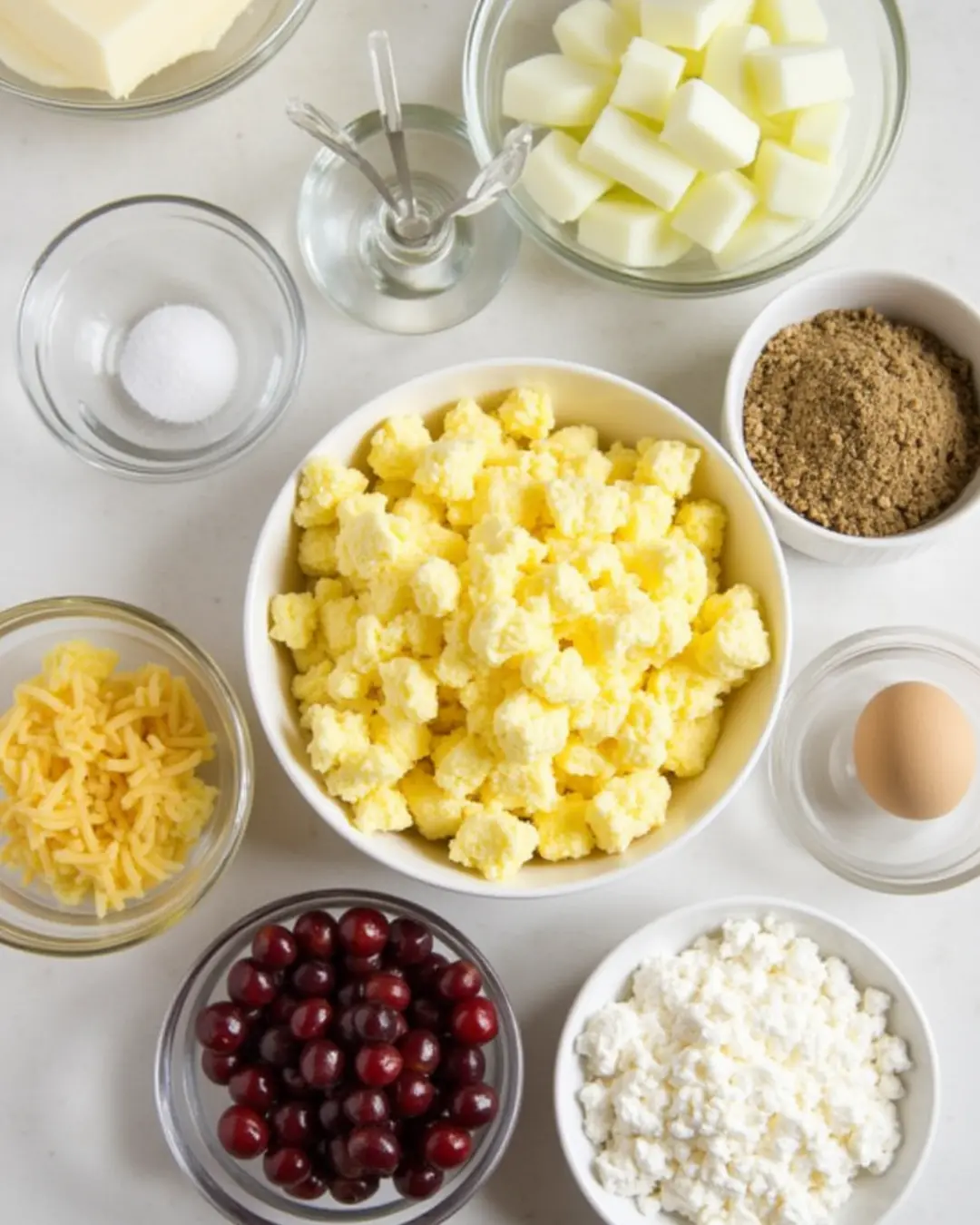
Once the Greek baklava is golden brown, remove it from the oven. Carefully pour the warm syrup evenly over the hot Greek baklava. The temperature difference allows the syrup to soak deeply into the layers of this traditional dessert.
Allow the Greek baklava to cool completely at room temperature for at least 4-6 hours, or preferably overnight. This crucial step allows the syrup to be fully absorbed and the flavors to meld together beautifully in your Greek baklava recipe.
Re-cutting and Serving Your Delicious Creation of This Greek Baklava Recipe
Before serving your homemade Greek baklava, you can go over the cut lines again to ensure clean pieces.
Helpful Tips for Perfecting Your Homemade Greek Baklava
Achieving baklava perfection involves attention to detail. Here are some helpful tips to ensure your homemade Greek baklava turns out wonderfully:
Use fresh, high-quality phyllo dough for the best texture in your Greek baklava recipe. Ensure it is properly thawed according to the package instructions to prevent tearing.
Always keep the phyllo dough covered with a damp towel while you are working with it when preparing this Greek baklava recipe. This prevents it from drying out and becoming brittle.
Don’t overdo the butter when making your Greek baklava. While butter is essential for the flaky layers, a light brushing is sufficient for each layer.
Finely chop the nuts for your Greek baklava recipe. This provides a better texture and allows the syrup to penetrate more effectively. Avoid grinding the nuts into a powder.
Ensure the nut filling is spread evenly across the phyllo layers for consistent flavor in every bite of your Greek baklava.
Pour warm syrup over the hot Greek baklava (or vice versa) to help the syrup absorb evenly and prevent the pastry from becoming soggy.
Be patient with cooling your Greek baklava. Allowing it to cool completely is crucial for the syrup to fully saturate the layers and for the flavors to meld.
Feel free to experiment with nut combinations in your Greek baklava recipe. Walnuts are traditional, but you can use more almonds, pecans, or even hazelnuts.
Flavor the syrup of your Greek baklava by adding a cinnamon stick, cloves, or even a touch of orange or lemon zest for extra layers of flavor.
Variations: Exploring Different Greek Baklava Recipe Delights
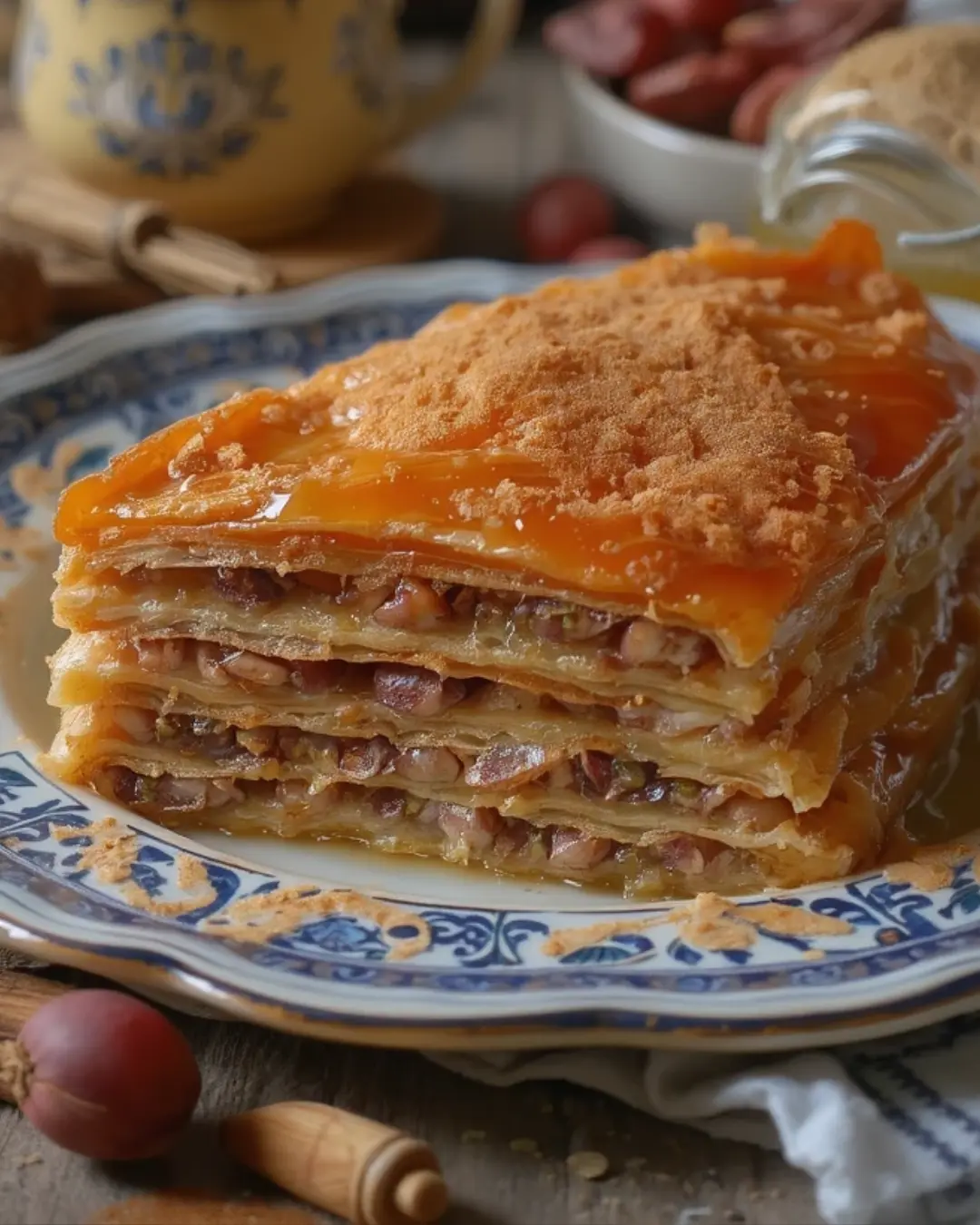
While the classic walnut Greek baklava recipe is a timeless favorite, there are numerous regional and personal variations to explore:
In some regions, pistachios take center stage as the primary nut in pistachio Greek baklava recipes, lending a vibrant green hue and a distinct flavor.
A simpler version focuses solely on the delicate flavor of almonds in almond Greek baklava.
Some variations of Greek baklava incorporate toasted sesame seeds into the nut filling for a nutty and slightly crunchy texture.
The syrup in a Greek baklava recipe can be infused with different flavors like rosewater or orange blossom water, depending on regional preferences.
Experiment with other warm spices like cardamom or nutmeg in the nut filling of your Greek baklava recipe for a unique twist.
While diamonds and squares are common, Greek baklava can also be rolled or formed into other shapes.
Conservation and Storage of Your Greek Baklava
Proper storage will ensure your delicious Greek baklava remains enjoyable for several days:
Once completely cooled, store your Greek baklava in an airtight container at room temperature for up to a week. Avoid storing it in the refrigerator, as this can make the phyllo soggy.
Greek baklava can also be frozen. Wrap individual pieces tightly in plastic wrap and then place them in a freezer-safe container. It can be frozen for up to 2-3 months. Thaw it at room temperature before serving. The texture might be slightly softer after freezing and thawing, but the flavor will remain.
Serving Suggestions for Your Delicious Greek Baklava Recipe
Greek baklava is a rich and satisfying dessert on its own, but here are some serving suggestions to elevate the experience:
A dollop of plain Greek yogurt provides a cool and tangy contrast to the sweetness of your Greek baklava.
A scoop of vanilla, mastic, or honey ice cream complements the warm, nutty flavors of homemade Greek baklava beautifully.
Greek baklava is a perfect accompaniment to a strong cup of Greek coffee or black tea. The bitterness of the beverage balances the sweetness of the dessert.
A sprinkle of extra chopped pistachios or a drizzle of honey can add visual appeal to your Greek baklava.
Include Greek baklava alongside other Greek sweets like loukoumades or kourabiedes for a delightful assortment.
Frequently Asked Questions About Making Greek Baklava
Why is my phyllo dough tearing when I try to make this Greek baklava recipe? Phyllo dough tears easily if it is not kept moist or if it is not thawed properly. Ensure it is completely thawed in the refrigerator and keep it covered with a damp towel while working on your Greek baklava.
Why is my Greek baklava soggy? Soggy baklava can result from not baking it long enough to crisp the phyllo or from using lukewarm syrup. The Greek baklava should be golden brown and crisp before the warm syrup is poured over it.
Can I use different nuts when making this Greek baklava recipe? Absolutely! Feel free to experiment with your favorite nuts, such as pecans, hazelnuts, or walnuts only.
How do I get clean cuts when preparing my Greek baklava? Using a sharp knife and cutting the Greek baklava before baking helps create clean and even pieces after the syrup is added.
Conclusion: A Symphony of Sweetness and Texture in Your Greek Baklava Recipe
Greek baklava, with its delicate layers of flaky pastry, crunchy nuts, and fragrant honey syrup, stands as a testament to the rich and diverse flavors of Greek cuisine.
This seemingly intricate dessert, especially when following a well-crafted Greek baklava recipe, is a rewarding culinary project. It allows you to create a truly special treat.
Whether enjoyed as a sweet ending to a meal, a delightful accompaniment to coffee, or a centerpiece of a festive gathering, homemade Greek baklava offers a symphony of textures and tastes that will surely impress.
Its versatility lies in the endless possibilities for variations, from the choice of nuts to the subtle nuances of the syrup in your personalized Greek baklava recipe.
Embrace the golden layers and the sweet aroma. Discover the joy of creating this iconic Greek delight in your own kitchen with this comprehensive Greek baklava recipe.
Print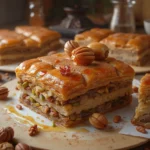
Easy Greek Baklava Recipe
- Total Time: 1 hour 15 minutes - 1 hour 40 minutes
- Yield: 12-16 servings 1x
- Diet: Vegetarian
Description
Indulge in the rich and sweet flavors of homemade Greek Baklava. This classic Mediterranean dessert features layers of delicate, flaky phyllo pastry embracing a delicious filling of chopped nuts, all drenched in a fragrant honey-lemon syrup. 1 Perfect for special occasions or simply as a decadent treat, this step-by-step recipe will guide you in creating a truly authentic and irresistible Greek Baklava
Ingredients
2 cups raw walnuts, finely chopped (approximately 200g or 7 ounces)
1 cup raw almonds, finely chopped (approximately 115g or 4 ounces)
½ cup shelled pistachios, finely chopped (approximately 60g or 2 ounces)
¼ cup granulated sugar (approximately 50g or 1.75 ounces)
2 teaspoons ground cinnamon
½ teaspoon ground cloves
For the Phyllo Pastry:
1 pound phyllo dough (approximately 450g), thawed according to package instructions
1 cup unsalted butter (2 sticks or approximately 227g), melted
For the Syrup:
1 cup granulated sugar (approximately 200g or 7 ounces)
½ cup water (approximately 120ml or 4 fluid ounces)
½ cup honey (approximately 170g or 6 fluid ounces)
1 teaspoon lemon juice
1 cinnamon stick (optional)
2–3 whole cloves (optional)
Instructions
Prepare the Nut Filling: In a medium bowl, combine the finely chopped walnuts, almonds, and pistachios. Add the granulated sugar, ground cinnamon, and ground cloves. Stir thoroughly until evenly combined.
Prepare the Phyllo Pastry: Unroll the thawed phyllo dough and keep it covered with a damp kitchen towel. Lightly brush the bottom and sides of a 9×13 inch baking pan with melted butter.
Layer the Phyllo and Nuts:
Place one sheet of phyllo in the pan and brush with melted butter.
Repeat with 5 more phyllo sheets, brushing each with butter.
Sprinkle one-third of the nut filling evenly over the phyllo.
Place two phyllo sheets over the nuts, brushing each with butter.
Spread another one-third of the nut filling over the phyllo.
Repeat the layering: two buttered phyllo sheets, then the remaining nut filling.
Top with the remaining phyllo sheets (about 5-6), brushing each generously with melted butter.
Notes
For best results, use high-quality phyllo dough and pure honey.
Allow ample cooling time for the syrup to fully absorb.
Adjust nut ratios according to preference.
- Prep Time: 30-40 minutes
- Cook Time: 45-60 minutes
- Category: Dessert, Pastry
- Method: Baking
- Cuisine: Greek
Nutrition
- Serving Size: 1 piece
- Calories: 300-450
- Sugar: 25-40 grams
- Sodium: 50-100 mg
- Fat: 15-25 grams
- Saturated Fat: 8-12 grams
- Unsaturated Fat: 5-10 grams
- Trans Fat: 0 grams
- Carbohydrates: 30-50 grams
- Fiber: 2-4 grams
- Protein: 4-7 grams
- Cholesterol: 30-50 mg

